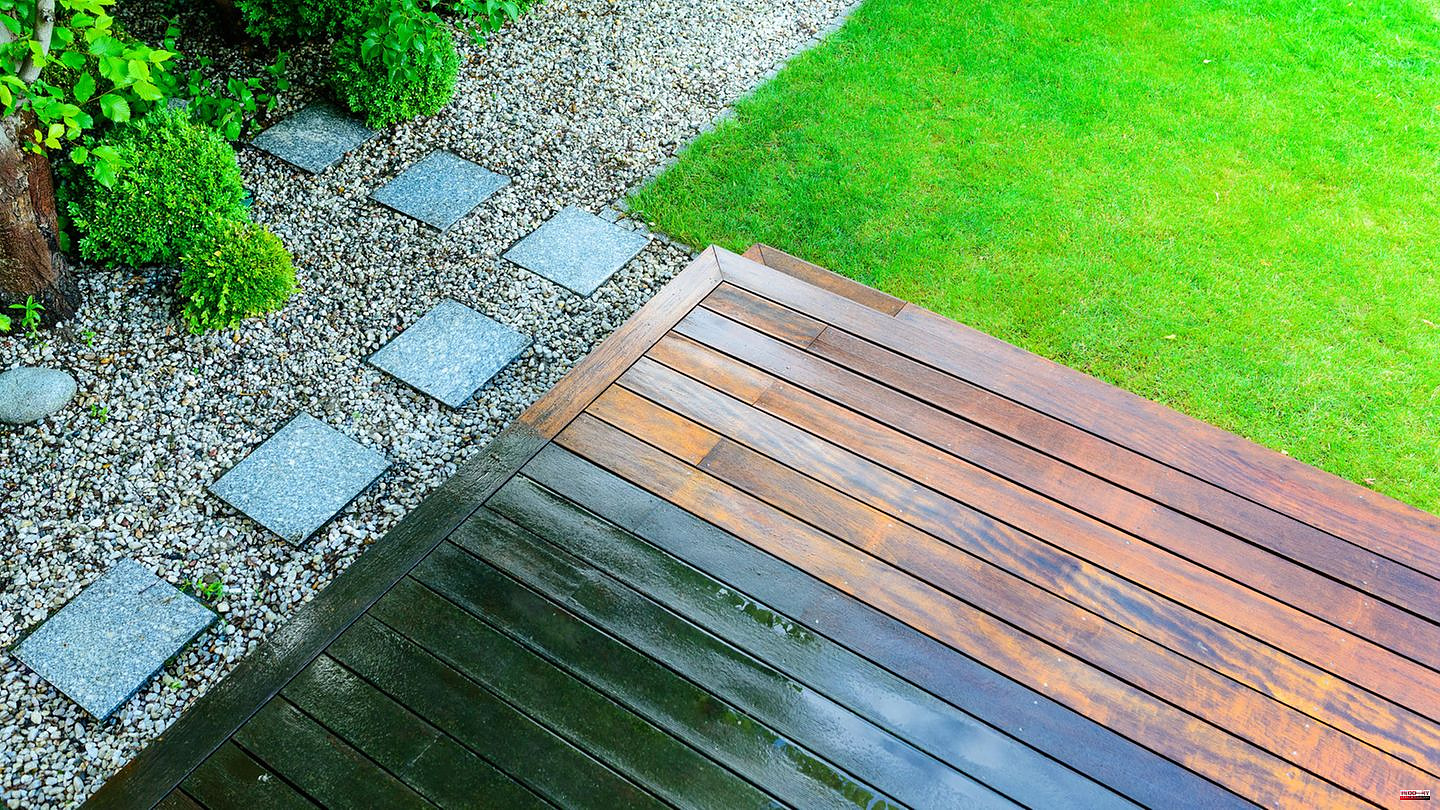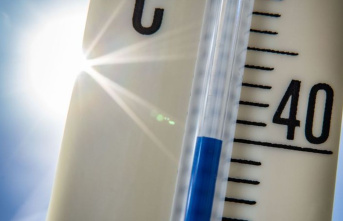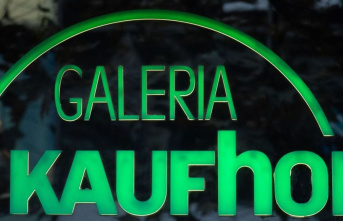Green cover doesn't look nice. Apart from that, it can become a dangerous trap on surfaces that are walked on: in combination with moisture, for example when it rains, once safe paths turn into slippery slides. In addition, algae, moss and lichens can spread unhindered and cause lasting damage to natural materials such as wood (which becomes ailing). The question arises as to how green deposits can be removed? There are special cleaning products available from specialist retailers, but the Federal Environment Agency strongly advises against using them: "Green deposit removers are not standard soap cleaners, but rather biocidal products. Biocidal products contain active ingredients, some of which are classified as "hazardous to the environment" and "very toxic for aquatic organisms". The release of these chemicals into the environment should therefore be avoided”. For this reason, we present three alternatives.
Before you decide on one of the three options for removing green deposits, which we will present in more detail below, you should get two important utensils: a scrubbing brush and a broom for sensitive wooden surfaces - or a wire brush and/or a wire broom for hard stone surfaces. Then you just have to decide between one of these three proven cleaning tips:
If you would like to remove the green growth with an environmentally friendly home remedy, baking soda (in combination with hot water) is a good choice. However, you should only use this method when it is dry outside - otherwise the rain would work against you. And this is how you use the baking soda powder correctly to remove the green deposits:
Tip: To find out whether the surface to be cleaned can tolerate baking soda, it is advisable to first treat a small (preferably inconspicuous) corner with the mixture. If the area becomes discolored, you should not use the home remedy.
Washing soda is also touted as effective in combating green growth. According to the North Rhine-Westphalia Consumer Center, you should first test whether the surface to be cleaned will survive the use without damage before using it for the first time. If the material shows no reaction to the soda, you can use it to treat wooden floorboards (for example on the terrace) or stone tiles as follows to remove the green deposits:
Important note: The use of vinegar is also recommended here and there to remove green deposits. In fact, however, this cleaning method is not recommended on sealed or paved surfaces, as vinegar would seep into the soil with rainwater and (unintentionally) harm plants and soil organisms. Aside from that, the acidic home remedy can even damage surfaces made of concrete, marble or sandstone.
High-pressure cleaners are particularly effective in the fight against green deposits. However, the devices are not cheap, although they can be rented from many hardware stores. In addition, sensitive floors (including wood or sandstone) are not necessarily suitable for use. If the pressure is set too high, unsightly hairline cracks can appear in the surface - or the material will burst or splinter. This makes it all the more important to always use a high-pressure cleaner carefully on floors made of stone, concrete or wood. Either way, it cannot be avoided that not only the green covering is removed, but the joints are also washed free. Accordingly, be prepared to fill empty grooves with sand again after use.
Sources: Ökotest, Federal Environment Agency, North Rhine-Westphalia Consumer Center
This article contains so-called affiliate links. Further information are available here.












